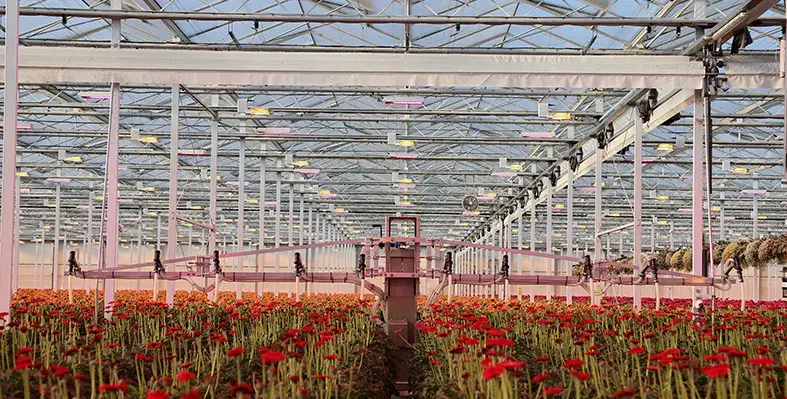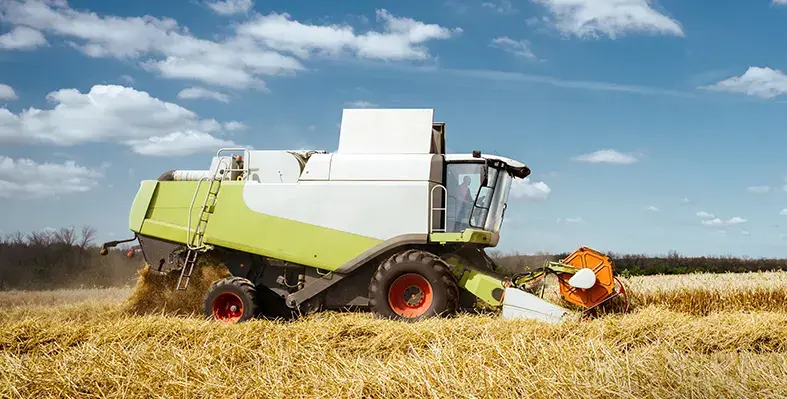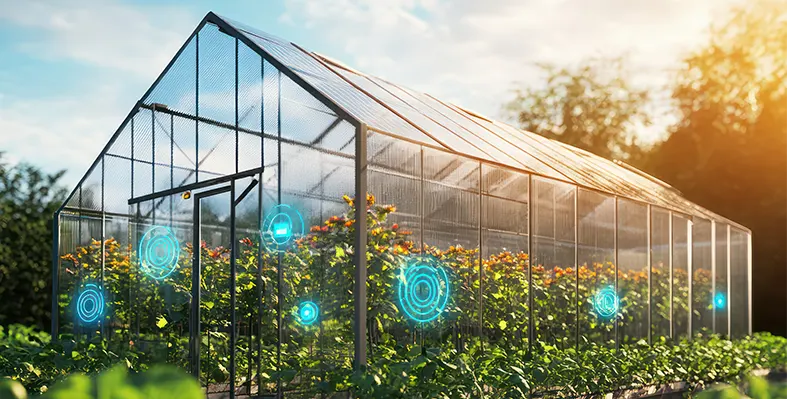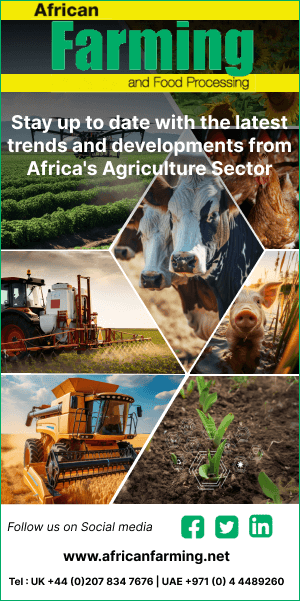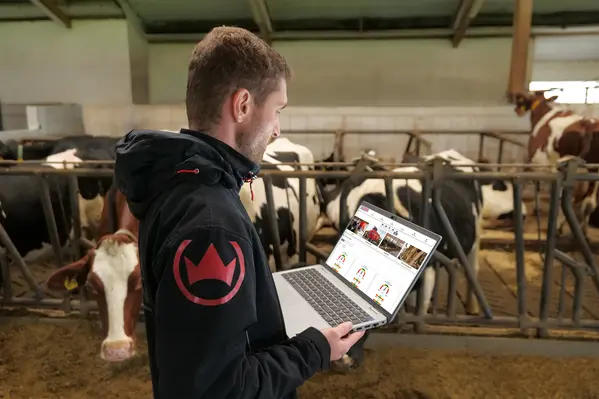
Feeding Management offers significant cost savings, improved transparency of feeding programs.(Image credit: SILOKING)
SILOKING’s Feeding Management platform is transforming livestock nutrition by combining precision, transparency, and convenience in one digital solution
Designed for users of SILOKING Data and Wireless weight systems, this web-based feeding tool enables farmers to manage feed rations, monitor costs, and optimise mixing accuracy—all from any internet-connected device. Best of all, it is included free of charge with compatible SILOKING hardware, making advanced feeding management accessible to modern farms.
The platform operates through four key steps: planning rations, executing feeding operations, controlling results, and driving success. During the planning phase, farmers can define feed components, including dry matter and costs, create custom animal groups or unloading points, and build tailored loading and unloading programs. During feeding, actual loads are captured automatically, mixed, and recorded, with data export available in Excel or PDF formats for easy archiving and reporting.
Control and monitoring are enhanced through precision comparisons of target versus actual feed loads, time-filtered reports, and detailed consumption analyses. These insights feed directly into performance metrics such as feed cost per kilogram of milk, feed efficiency, and concentrate efficiency, helping farms reduce waste and improve productivity.
Being fully web-based, Feeding Management eliminates the need for manual updates and allows access via PC, tablet, or smartphone, whether on the farm, in the office, or even remotely. Optional SIM-based mobile data transfer from on-machine weight systems ensures real-time documentation and seamless integration with SILOKING hardware.
Beyond operational benefits, Feeding Management offers significant cost savings, improved transparency of feeding programs, and enhanced compliance with dairy industry regulations and quality assurance programs. By aligning feed mixes with planned rations and analysing load data, farms achieve higher efficiency and better animal performance while minimising waste.
Designed with direct input from farmers, the platform features intuitive dashboards, intelligent recipe management, and actionable analytics, making deviations easier to identify and corrective measures simpler to implement. SILOKING Feeding Management is more than software—it’s a comprehensive tool for smarter feeding and better farm management, bringing precision, efficiency, and profitability to modern livestock operations.



